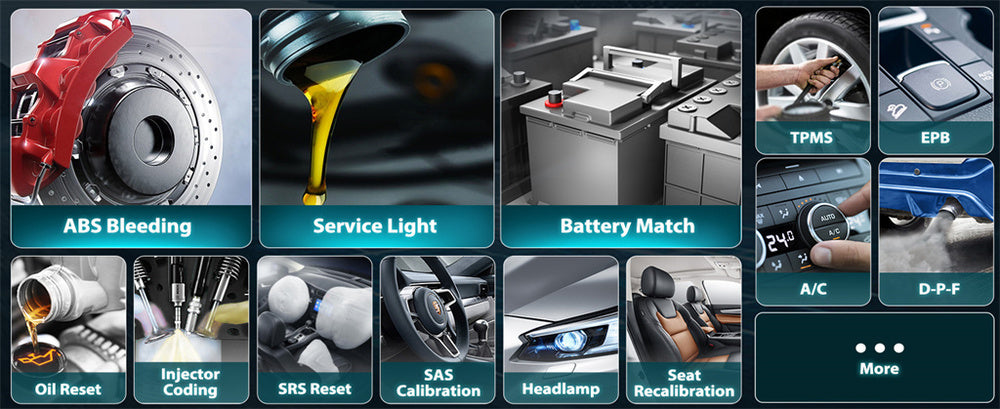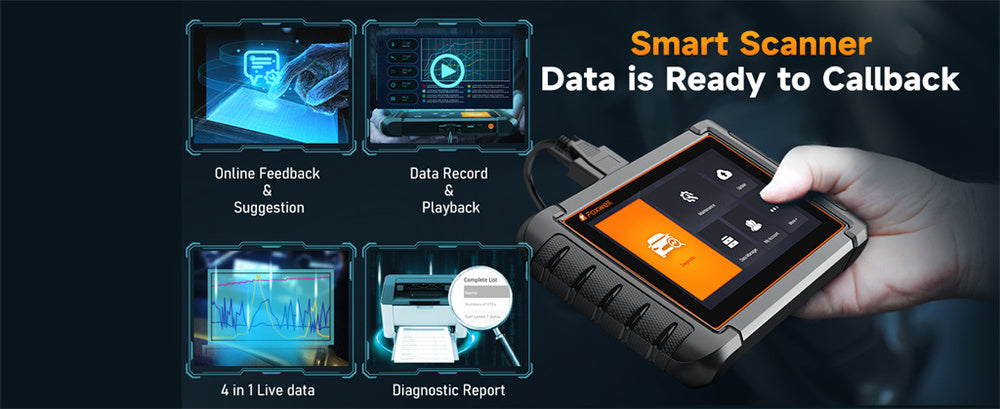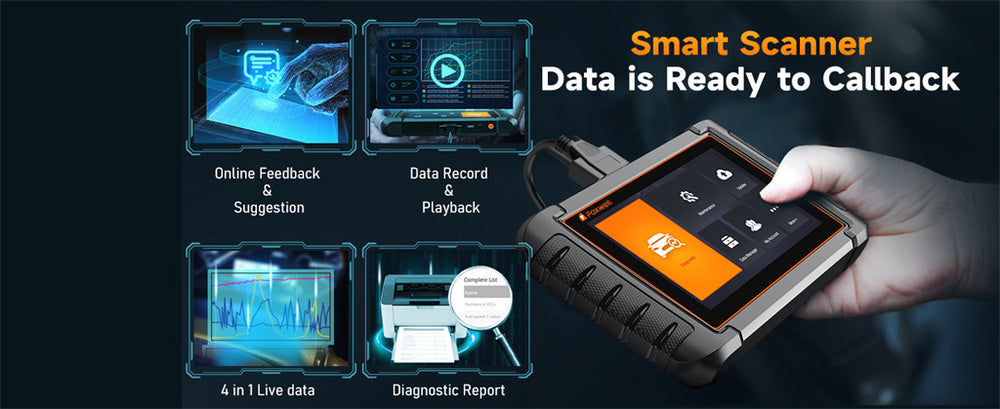The On-Board Diagnostics II port is a familiar sight for those familiar with car diagnostics. It's a small rectangular plug used by mechanics to assess your engine and other systems - but more recently, there have been discussions surrounding whether this plug can also be used beyond diagnostic purposes, specifically, whether unlocking doors and even starting engines via this port could be possible using only OBD2 Scanner cables. Let's delve in.
Understanding the OBD-II Port

Since the mid-1990s, your OBD-II port has been the entryway into your vehicle's brain; every car has one. Its primary use is so mechanics can connect a scanner to read trouble codes and monitor various systems within it—think of it as having your health monitor for your car!
The OBD-II port serves several essential functions. First and foremost, it reads diagnostic trouble codes (DTCs), which provide insight into what may be going wrong when the "check engine" light illuminates. Furthermore, it monitors real-time data from sensors like engine temperature and speed monitoring, providing essential insights for maintaining optimal vehicle health and performance.
Can OBD-II Unlock Car Doors?
Your OBD-II port connects directly with your car's central locking system. Using the OBD-II port to unlock car doors may be possible with proper commands. Some speculate that sending signals through this port could unlock them, but that is unlikely, as OBD cannot send out pop signals that open locks directly. Unfortunately, it doesn't work this way!
Car manufacturers recognize this potential vulnerability and have taken several precautions to safeguard against unauthorized access. Each car manufacturer utilizes its security protocols; what works for Ford may not work for Toyota. Modern cars use encrypted communication between the OBD-II port and the car's systems, making it harder for outside devices to send commands via the OBD-II port.
Encryption and authentication measures are designed to keep unauthorized persons from plugging into or unlocking your car. While encryption ensures data remains private, authentication protocols verify that only authorized devices can access its systems.
Can OBD-II Start My Engine?
Your car's Engine Control Unit, or ECU, serves as its nerve center - overseeing everything from starting up to fuel injection. In theory, communicating with it through the OBD-II port could allow for communication and restarting your engine; however, starting it will take more work.
Most cars rely on encrypted signals sent from a key fob to start their engines, so without receiving an appropriate signal, the vehicle cannot start. Immobilizer systems add another layer of protection; even if an attacker gains entry via the OBD-II port, an immobilizer will prevent the engine from starting without proper keys being present.
Each car brand employs security protocols that are regularly updated to prevent hackers. These protocols ensure that only authorized individuals can start the engine regardless of physical access to OBD-II ports.
Security Implications and Real-World Scenarios
Unfortunately, cases have been documented of hackers exploiting car systems. These hackers tend to be highly skilled individuals with extensive knowledge about specific car systems. Incidents involving this sort of hack usually require sophisticated techniques and expertise from those involved.
Automotive industries are aware of these threats and strive to increase security measures. Car makers collaborate with cybersecurity experts to identify and fix vulnerabilities quickly. Manufacturers frequently update their security protocols in response to emerging threats to ensure maximum protection of vehicles on the road.
Utilizing Scanners Properly
A diagnostic scanner such as the Foxwell NT809BT is critical for effectively checking and maintaining your vehicle's health. This advanced tool can read and clear diagnostic trouble codes, view live vehicle data, perform various system tests, as well as connect to an OBD-II port to gain insight into engine performance, transmission issues, ABS systems, and airbag systems to detect issues before they become significant issues for optimal condition in your car.
With wireless connections supporting this device, you can perform diagnostics more conveniently while providing ease and efficiency when maintaining vehicle maintenance tasks - making maintenance much more convenient and efficient overall vehicle maintenance efforts!

Conclusion
Can the OBD-II port help unlock car doors and start its engine? In theory, possibly. But in practice, it isn't peculiar. Car manufacturers invest significant resources into ensuring their vehicles are secure with encryption, authentication, and other methods of protecting them as cars become smarter; OBD-II ports remain powerful diagnostic tools but aren't meant as backdoors into the most critical functions of your car's functionality.
FAQs
What is the primary function of the OBD-II port?
The OBD-II port is primarily used for vehicle diagnostics, allowing mechanics to read trouble codes and monitor various car systems.
How do modern cars secure the OBD-II port?
Modern cars use encryption and authentication protocols to secure the OBD-II port, ensuring only authorized access to vehicle systems.
Why do car manufacturers constantly update security protocols?
Car manufacturers continuously update security protocols to address new threats and vulnerabilities, ensuring the safety and security of their vehicles.




Leave a comment
This site is protected by hCaptcha and the hCaptcha Privacy Policy and Terms of Service apply.